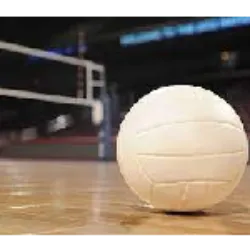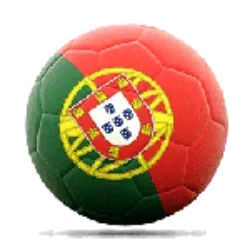The history of fencing can be divided into three periods: ancient
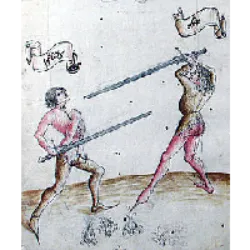
The history of fencing can be divided into three periods: ancient, modern and contemporary. In the ancient period, the emphasis was on the impact of heavy swords, driving opponents to the ground before they were killed. In the modern period, there was technical development and the establishment of rules. In contemporary times, there have been advances in protective equipment, such as face masks, and the introduction of technology. Currently, fencers compete in three different weapons, following specific rules in championships that involve preliminary groups and elimination brackets.
Fencing
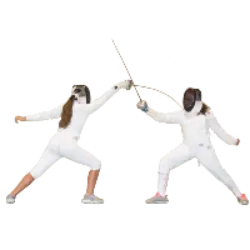
Fencing is an ancient Olympic sport in which two competitors with different physical characteristics face each other with bladed weapons, such as rapier, sword and saber, seeking to reach the opponent without being touched. Each weapon has its own rules and objectives. The rapier aims at the opponent's torso, while the sword allows you to hit any part of the body, and the saber aims from the waist up. The essential thing is to touch the opponent without being touched, through coordinated movements.
Test yourself with one of these challenges 👇
Discover some interesting facts about Fencing
Electric fencing

Electric fencing was introduced to make it easier to detect touches during combat, especially in saber and foil. Electronic equipment, such as wires connected to the fencer's clothing and weapon, are used to record touches. A signaling device replaces the referee's assistants, and sensors on the fencers' weapons and equipment detect valid touches. Before each fight, equipment is tested to ensure its functionality.
The saber
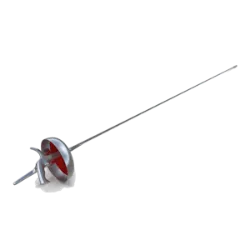
The saber is one of the three disciplines of modern fencing and differs from other weapons in that it allows thrusts and cuts, using both the cutting edge and the back of the blade. The fencer who practices this discipline is called "sabreur", in the male case, and "sabreuse", in the female case. The blade of a saber is rectangular and has a V-shaped cross section, allowing flexibility at the end. The weapon, generally 105 cm long and up to 500 g in weight, uses an electrical connection to register touches, being the last of the three weapons to adopt this method in 1988. The electric and non-electric saber are practically identical in terms of blade, the main difference being the presence of the electrical socket on the electric saber.
The sword in fencing
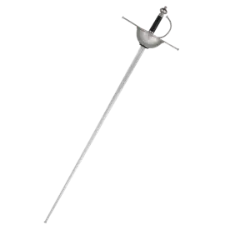
The sword in fencing is more suitable for tall fencers as it can reach the opponent's entire body. Its maximum weight is 770g, maximum blade length is 90 cm and maximum total length is 120 cm. It must be handled vertically to ensure strong and precise blows. It is a more rigid weapon that produces powerful hits, especially on the opponent's mask. It is important not to crouch too much when playing with the sword to avoid exposing your knee.
The rapier is the most popular weapon in fencing, commonly chosen by beginners
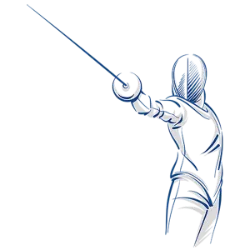
The rapier is the most popular weapon in fencing, commonly chosen by beginners. In a competition, confrontations consist of rounds, ending when a point is scored. The objective is to reach 15 points first. A valid touch is applied to the opponent's torso with the tip of the weapon. The foil's flexible blade, averaging 89 cm in length, is designed to prevent injury and has a blunt tip connected to an electrical system for automatic touch detection. Fencers must obey the rule of priority, where he who defends a thrust has the right to respond with his own touch.
The fencing track is about fourteen meters long
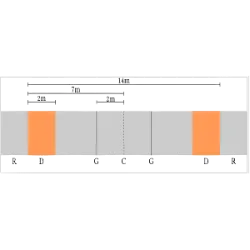
The fencing track is about fourteen meters long, with an additional one and a half to two meters lateral area in play. Fencers must wear white attire that includes a jacket, gloves, electrical wires, weapons, pants and mask, with a chest protector for women. In the past, before electronic sensors, weapons were marked with paint or chalk to indicate hits.
Test yourself with one of these challenges 👇
HOME



